Ethernet (Ethernet) is a well-known type of network, created by Xerox and jointly developed by Xerox, Intel, and DEC as a baseband LAN specification. It is the most widely used communication protocol standard for existing local area networks, including standard Ethernet (10Mbit/s), Fast Ethernet (100Mbit/s), and 10G (10Gbit/s) Ethernet.
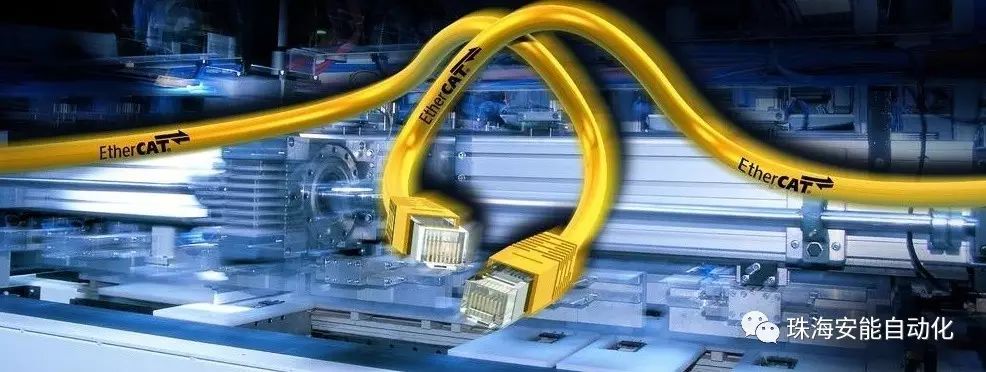
PROFIBUS is an international, open, and vendor-independent fieldbus standard. The transmission speed of PROFIBUS can be selected within the range of 9.6kbaud to 12Mbaud, and all devices connected to the bus should be set to the same speed when the bus system starts. It is widely used in manufacturing automation, process industry automation, and other fields such as building and traffic power automation. PROFIBUS is a fieldbus technology used for workshop-level monitoring and data communication and control at the field device layer. It enables decentralized digital control and field communication networks from the field device layer to workshop-level monitoring, providing a feasible solution for integrated factory automation and intelligent field devices.
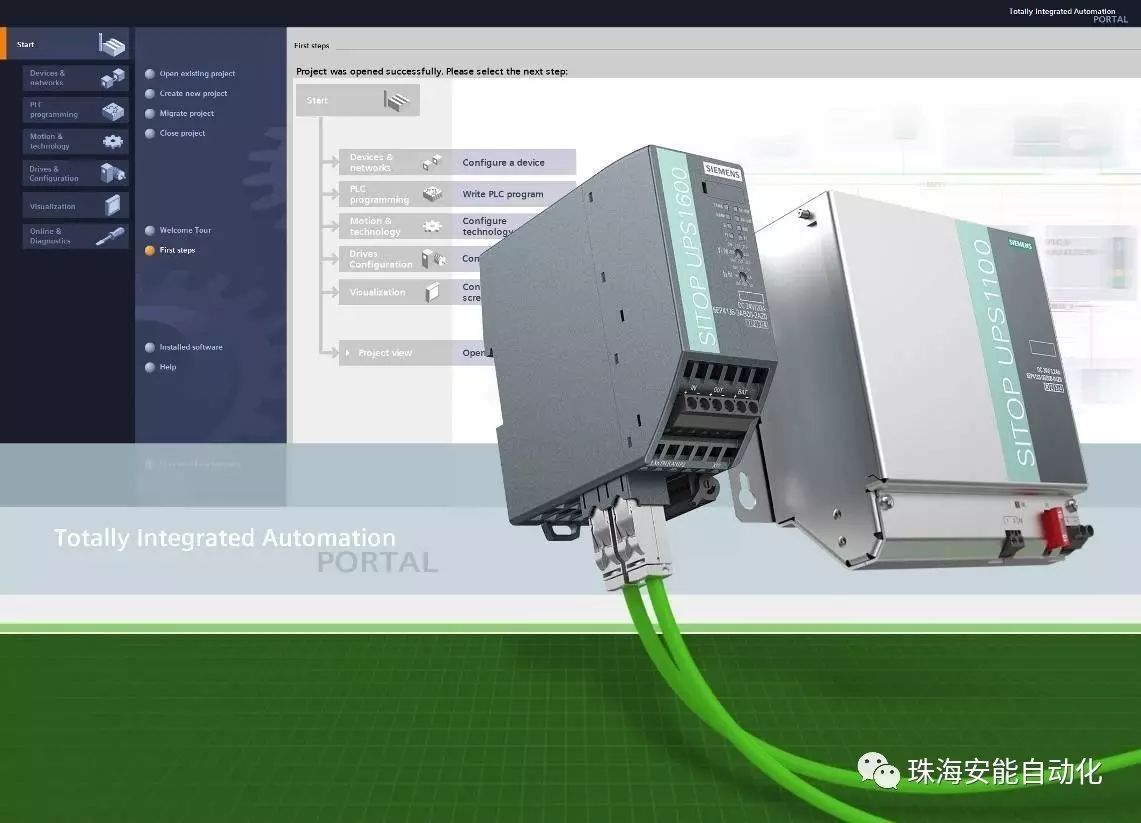
PROFINET = PROFIBUS + Ethernet transplants the master-slave structure of PROFIBUS onto Ethernet, so PROFINET will have Controller and Device, which can be simply correlated to PROFIBUS’s Master and Slave. Of course, there are differences, but this correspondence can help with understanding. Additionally, since PROFINET is based on Ethernet, it can have star, tree, and bus topologies, while PROFIBUS only has a bus topology. Therefore, PROFINET is a product that combines the master-slave structure of PROFIBUS with the topology of Ethernet. Other features like real-time performance that Siemens promotes are also present in Ethernet, but PROFINET can improve the precision of real-time performance due to the presence of a control unit like Controller.

PROFINET is a new Ethernet communication system developed by Siemens and the PROFIBUS User Association. PROFINET has the communication capability between multi-vendor products, automation and engineering modes, and is optimized for distributed intelligent automation systems. Its application can greatly save configuration and debugging costs. PROFINET integrates systems based on PROFIBUS, providing protection for existing system investments. It can also integrate other fieldbus systems.
PROFINET is a high-level communication system that supports distributed automation. In addition to communication functions, PROFINET also includes specifications for the distributed automation concept, which is based on vendor-independent objects and connection editors and XML device description language. Ethernet TCP/IP is used for communication between intelligent devices where timing requirements are not strict. All time-critical real-time data is transmitted using standard PROFIBUS DP technology, and data can be integrated from the PROFIBUS DP network into the PROFINET system via a proxy. PROFINET is the only bus that uses existing IT standards without defining its proprietary industrial application protocol. Its object model is based on Microsoft’s Component Object Model (COM) technology. For interaction between all distributed objects on the network, Microsoft’s DCOM protocol and standard TCP and UDP protocols are used.
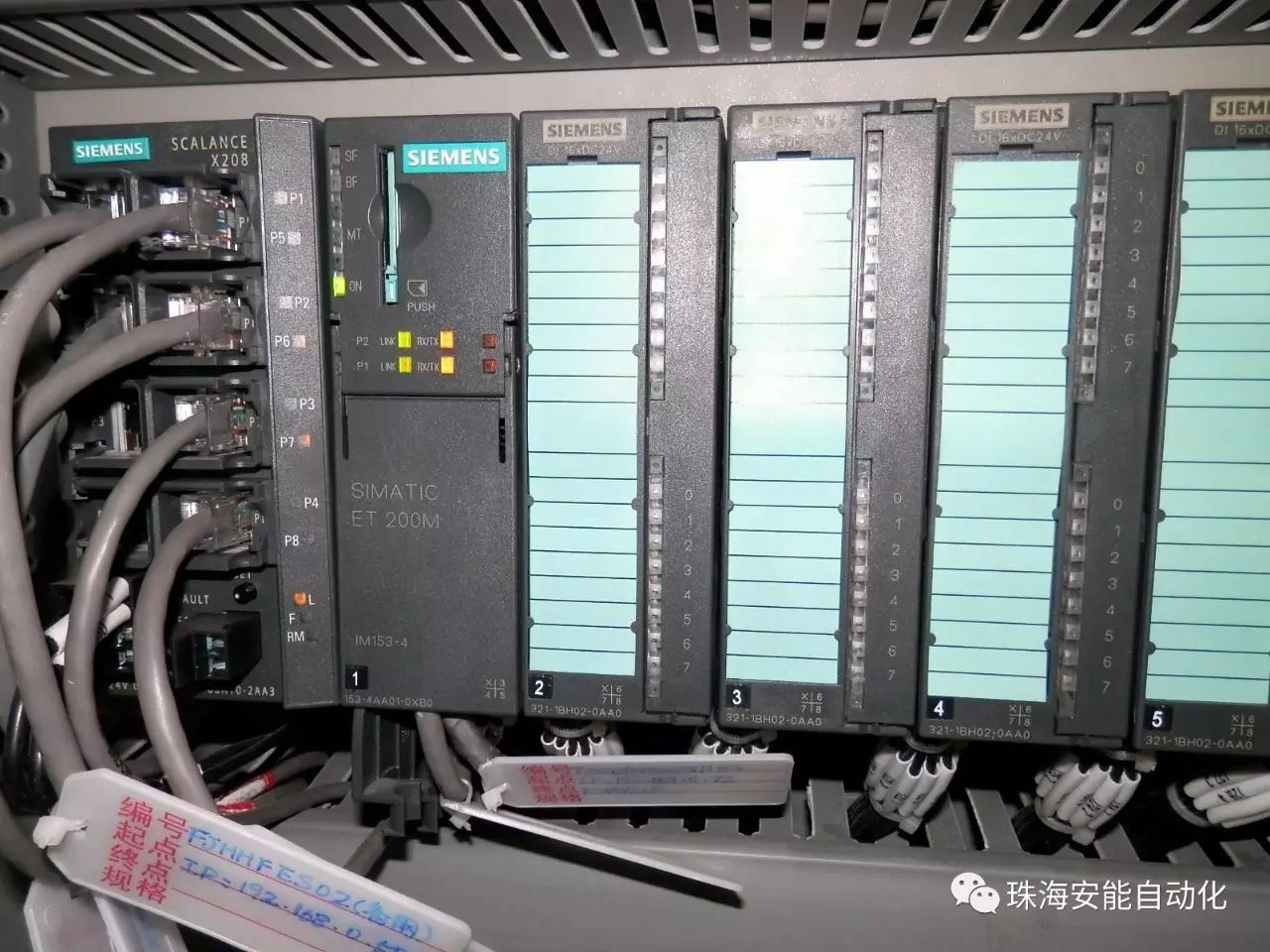
In the PROFINET concept, devices and factories are divided into technical modules, each module includes mechanical, electronic, and application software. The application software of these components can be developed using dedicated programming tools and downloaded to the relevant controllers. This dedicated software must implement the PROFINET component software interface and be able to export PROFINET object definitions as XML language. XML files are used to input vendor-independent PROFINET connection editors to generate PROFINET components. The connection editor defines the exchange operations between PROFINET components on the network. Ultimately, the connection information is downloaded to PROFINET devices via Ethernet TCP-IP.
PROFINET (Real-time Ethernet) is based on industrial Ethernet, has good real-time performance, and can directly connect field devices (using PROFINETIO), using a component-based design. PROFINET supports distributed automation control methods (PROFINET CBA, equivalent to communication between master stations).
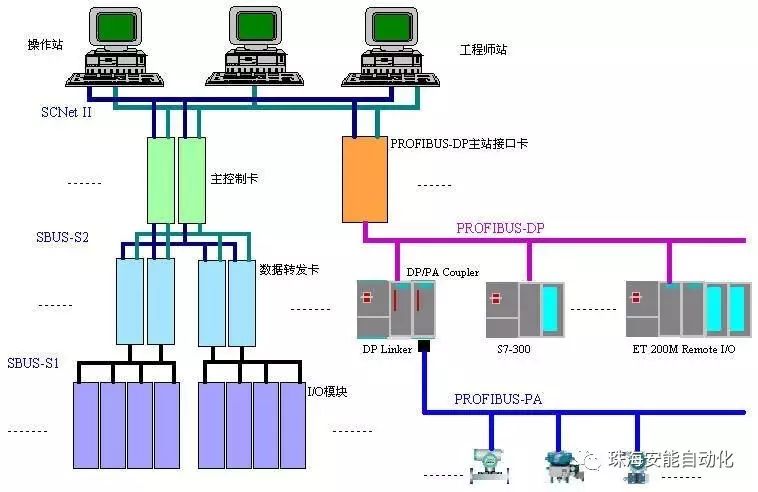
After Ethernet is applied to industrial control scenarios, the improved Ethernet used in industrial sites becomes industrial Ethernet. If you have ever used Siemens network cards CP343-1 or CP443-1 for communication, you may have used ISO or TCP connections. The TCP and ISO used here are protocols applied in industrial Ethernet.
PROFINET is also a protocol in Siemens SIMATIC NET, specifically a collection of many protocols, including PROFINET IO RT, CBA RT, IO IRT and other real-time protocols. Therefore, PROFINET and industrial Ethernet cannot be compared; it can only be said that PROFINET is a real-time protocol running on industrial Ethernet. However, it is often said that some networks are PROFINET networks, simply because the PROFINET protocol is applied on that network.
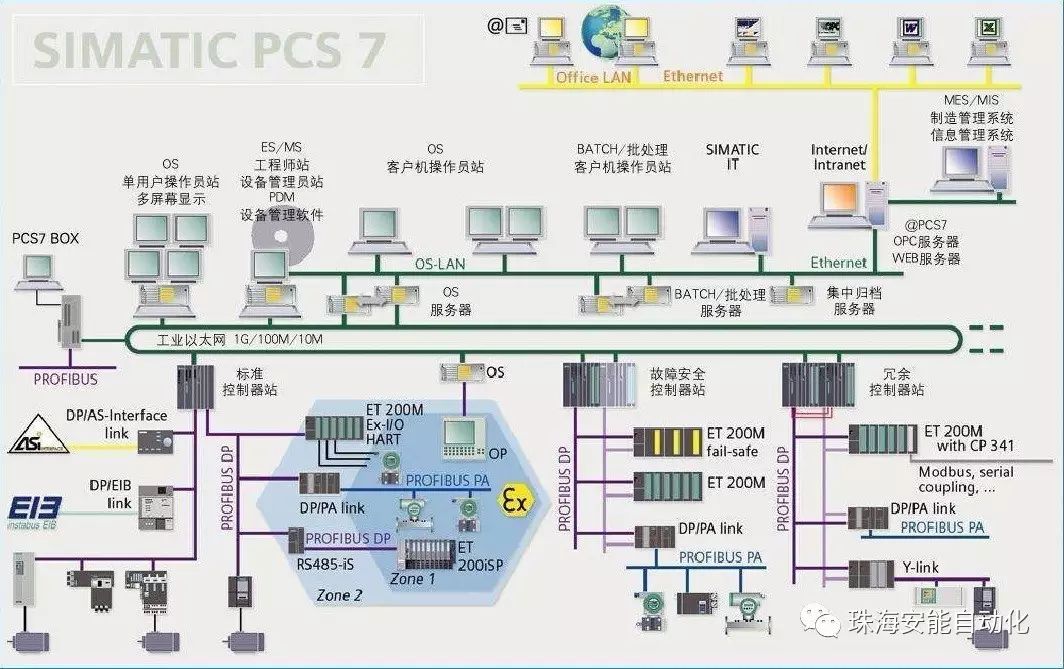
PROFINET is based on industrial Ethernet, while PROFIBUS is based on RS485 serial bus. The protocols of the two are completely different due to the different media and have no relation. The similarities between them are that both have good real-time performance, due to the use of streamlined stack structures. Any development based on standard Ethernet can be directly applied in the PROFINET network. There are far more developers for Ethernet-based solutions than for PROFIBUS solutions, so there are more available resources to innovate technology.
-
For PROFIBUS, the maximum bandwidth for data transmission is 12Mbps and for PROFINET, the bandwidth for data transmission is 100Mbps.
-
For PROFIBUS, the data transmission mode is half-duplex, while for PROFINET, the data transmission mode is full-duplex.
-
For PROFIBUS, the maximum consistent data is 32bytes, while for PROFINET, the maximum consistent data is 254bytes.
-
For PROFIBUS, the maximum user data is 244bytes, while for PROFINET, the maximum user data is 1400bytes.
-
For PROFIBUS, the maximum bus length for 12Mbps is 100m, while for PROFINET, the bus length between devices is 100m.
-
For PROFIBUS, configuration and diagnostics require special interface templates, such as CP5512, while for PROFINET, standard Ethernet network cards can be used.
-
For PROFIBUS, special tools are needed for network diagnostics, while for PROFINET, IT-related tools are sufficient.
-
For PROFIBUS, the main source of faults on the bus comes from mismatched bus terminal resistors or poor grounding, while for PROFINET, there is no need for bus terminal resistors.
This WeChat account will present you with exciting news from the automation industry at any time; welcome to follow!

Zhuhai Encan Automation Technology Co., Ltd.
Located in the most charming city in China——Zhuhai, it is a privately operated high-tech systems engineering company, mainly serving the five major fields of manufacturing automation, process automation, transmission and low voltage control, electrical installation, and enterprise computer system integration, covering four major markets: residential housing, construction, industry, and energy and infrastructure. Providing first-class power, control, and information solutions for enterprises is our constant effort, and we are committed to creating comprehensive automation solutions to help customers improve productivity.
The Zhuhai Encan is situated in Zhuhai, one of the most attractive cities in China. It is a privately operated high-tech systems engineering company. We specialize in manufacturing automation, process automation, transmission and low voltage control, electrical installation, and enterprise computer system integration. We apply our specialty to the following markets: residential housing, commercial construction, industry, as well as energy and infrastructure construction. Our company goal is to provide outstanding power, control, and IT solutions for enterprises. We strive to provide total automation solutions to help our customers improve their productivity.
=============================Zhuhai Encan Automation&Technology Co., Ltd. 中国.广东.珠海香洲翠香路274号安平大厦1101室Address:274 Cuixiang Road, Anping Mansion Suite 1101, Xiangzhou Zhuhai ChinaHttp://:www.encan.com.cnMessage and fax:+86-756-2122171Tel:+86-756-6113510、2122170 (Office)
email:[email protected]==============================
